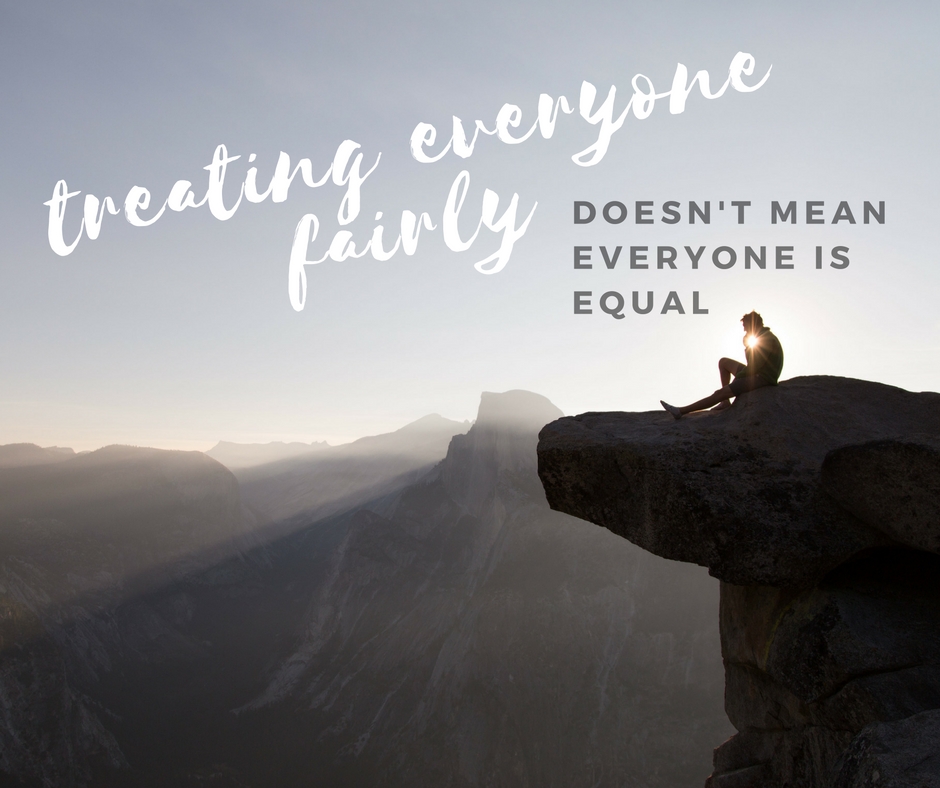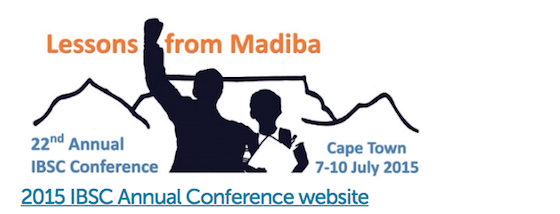
"Equal" doesn't mean "the same"
This article was published in 2012 in https://www.psychologytoday.com/us/blog/sax-sex/201206/girls-knees-and-gender-confusion to celebrate the 40th anniversary of Title IX. We publish it now because it keeps all its relevance.
On June 23, 1972, President Richard Nixon signed Title IX into law. According to the Women’s Sports Foundation, just over 294,000 girls competed in high school sports forty years ago. Last year the number of girls playing high school sports was more than 3,370,000. That’s more than a ten-fold increase.
As we mark the 40th anniversary of Title IX, there is much to celebrate. But many of the celebrations manifest a fundamental confusion surrounding girls and sports. Today we all agree that girls and boys should have equal opportunity to participate in sports. But that doesn’t mean that girls and boys should be treated the same. "Equal" doesn’t mean "the same.”
As a physician, I have seen first-hand how this confusion results in more girls being injured on the field. Soccer and basketball and lacrosse were all originally invented and developed primarily by men to be played primarily by boys. But girls are different from boys, even before puberty. When researchers Inger Holm and Nina Vøllestad tested girls and boys at 8 years of age, they reported in the American Journal of Sports Medicine (link is external) that girls’ quadriceps were much stronger than their hamstrings, while boys had more of a balance between their hamstrings and quadriceps. (In case you’re a bit weak on the terminology: the quadriceps is the four-headed muscle that straightens your leg; the hamstrings are the muscles in the back of your thigh that bend your leg.) Because the girl’s quadriceps is stronger relative to her hamstrings, she has a different balance of forces across the knee, compared with a boy.
Puberty exacerbates these differences. As a girl’s hips widen, her "Q angle" increases. The Q angle is the angle formed by the thigh bone in relation to the vertical. The widening of the pelvis which is a normal part of puberty in girls leads to a larger Q angle. As a result, activities which involve the quadriceps - activities such as kicking a ball - create a different torque on the anterior cruciate ligament (ACL) in girls compared with boys.
Sports stress the female knee differently compared with the male knee. Researchers at Duke University found (link is external) that female gymnasts are more than five times as likely to injure their knees compared with male gymnasts, and that girls playing basketball are more than twice as likely to rupture their ACL compared with boys playing basketball.
This is not because girls are more fragile than boys. It’s because girls are being trained by instructors and coaches who don’t understand these differences - for the excellent reason that nobody has ever explained the differences to them. Consider how coaches usually warm up their players before a soccer game. Generations of men have prepared boys before a game by having the boys run a few laps around the track, and doing some jumping jacks or simple stretching exercises. That’s not helpful for girls. Instead, sports medicine specialists reported in the American Journal of Sports Medicine (link is external) that a completely different routine is more effective in preventing injuries among girls. The girls’ warm-up routine should involve, among other things, running backwards, hopping side-to-side, and doing hamstring curls on the ground. It doesn’t cost any more money or time than the boys’ routine. It doesn’t require special equipment. But it’s different. When girls do these girl-specific routines before practice and competition, multiple longitudinal studies have now found that the risk of non-contact ACL injury is reduced by about 70% compared with girls on comparable teams doing the traditional i.e. boy-friendly warm-up. (You will find these scholarly citations in chapter 6 of my most recent book Girls on the Edge.)
The effectiveness of this girl-specific intervention, originally developed by specialists in California, has now been confirmed by other independent investigators as far away as Sweden. The program is so simple and so effective that the American Medical Association has made the complete program available online at zero cost. The link to the relevant AMA web sites is provided at the end of this post. So if you’re not sure how to help a girl execute a hamstring curl in her warm-up, the AMA handouts, available free of charge, will show you how.
Ask the coaches and P.E. instructors at your school whether they are aware of this research. If they aren’t, make sure they learn. If we pay attention to the hardwired differences between girls and boys, we can decrease the risk of injury to girls. If we ignore the differences between girls and boys because it’s politically correct to pretend that girls and boys are the same - because people think "equal" means "the same" - then we put girls at risk.
My first title for this post was “How Title IX Harms Girls.” But that’s not right, is it? It’s not Title IX which harms girls; it’s the mistaken notion that “equal” means “the same.” And yet that is precisely the interpretation of Title IX which is pushed by major advocacy groups. Earlier this month (June 2012), the National Council for Girls & Women in Education (NCGWE) published a monograph celebrating the 40th anniversary of Title IX: the monograph was co-published by the American Association of University Women (AAUW). You can read the full text at this link: http://www.ncwge.org/PDF/TitleIXat40.pdf
You will find no mention therein of the explosion in the proportion of girls suffering severe ACL injuries in recent decades, and no mention of the fact that girls benefit from a warm-up routine which is different from the boys’ routine. Throughout the monograph, you will find many signs of the underlying assumption that “equal” means “the same” – especially in the weird, strident, and factually inaccurate assault on all-girls education (pp. 47 – 54). The monograph implies that anyone who thinks “equal” doesn’t mean “the same” – anyone who advocates for girls’ schools or women’s colleges, for example – must be either an idiot, a Republican, or both. (They mention me by name, twice, as the bogeyman.)
By all means, let’s celebrate the gains made by girls and women in the 40 years since enactment of Title IX. But it’s time to recognize that providing equal opportunity for girls and boys shouldn’t mean treating girls and boys as if they were the same.
Personal note: I am the father of a daughter; I am also a board-certified family physician and the author of Girls on the Edge (Basic Books), which The Atlantic magazine called “the best book about the current state of girls and young women in America” (February 2011, p. 90). My personal web site is www.leonardsax.com
The full text of the recent article confirming the effectiveness of the girl-specific program for prevention of knee injuries among girls is online, at no charge, at this AMA web site: http://archinte.jamanetwork.com/data/Journals/INTEMED/5746/ioi90071_43_49.pdf
Detailed information for coaches and P.E. instructors regarding the girl-specific exercises to prevent knee injury, including photographs illustrating the right and wrong way to do each exercise, are online free of charge at this AMA web site: http://archinte.jamanetwork.com/data/Journals/INTEMED/5746/IWE90034.pdf



